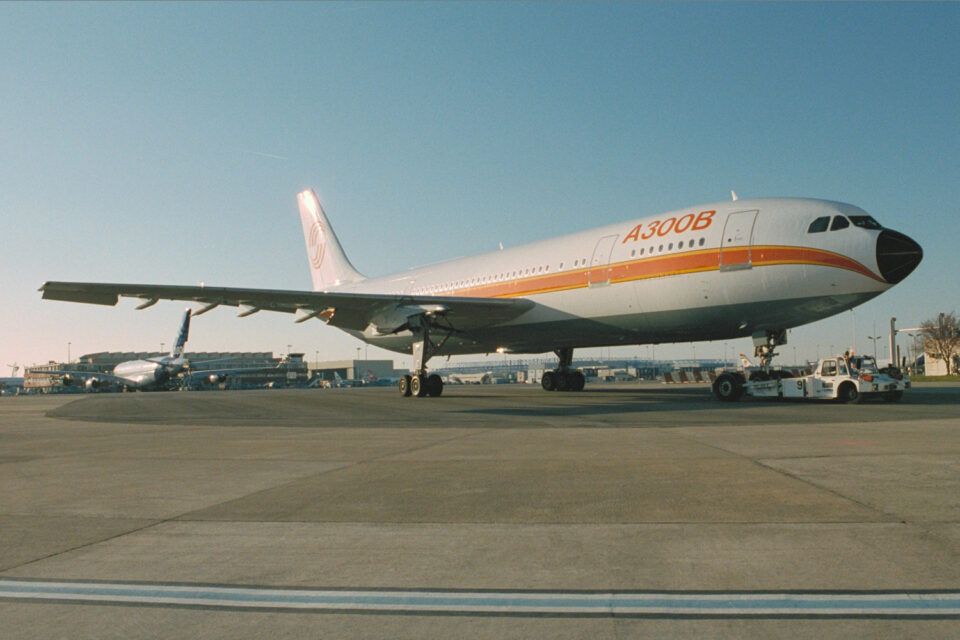In the mid-1960s, US aircraft manufacturers so dominated commercial aviation that 9 out of 10 planes belonged to Boeing, Douglas or Lockheed.
The Europeans, while technically advanced, could barely stand up to the American force, despite various models like the One-Eleven, Caravelle, Trident, and VC-10, to name a few. Confronting the United States was, therefore, an inglorious task, even more so since it would require joining forces.
Europe had good examples of joint projects such as the C-160 Transall military freighter (France and Germany) and above all the supersonic Concorde (a partnership between the French and the British), but to launch a commercially attractive jetliner the challenge was huge.
There were attempts, such as that of Hawker Siddeley, Breguet and Nord Aviation with the HBN 100 project, or of Sud Aviation, which planned to put the huge Galion on the market.
Only in 1966, the governments of France, Germany and the United Kingdom decided to lay the foundations of a joint project, called “air bus”, to refer to a large aircraft. The group was formed by Sud Aviation, MBB, VFW and Hawker Siddeley, while the engine would be supplied by Rolls Royce, which developed the RB.207 turbofan.
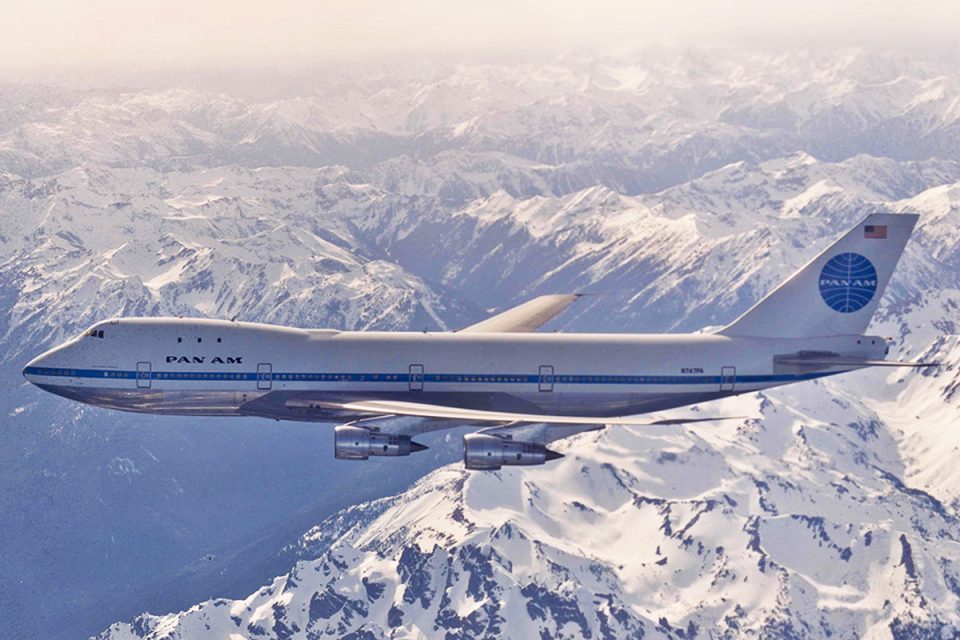
It looked promising, but soon the first problems arose. In 1969, the UK decided to abandon the project, just as Rolls-Royce dropped the RB.207 in favor of the smaller RB.211, to be used by the Lockheed L-1011 TriStar.
The change turned out to be positive as Airbus selected GE’s CF6-50A, already under development, initially for the DC-10.
Two single A300B1
But after all, what kind of plane did the European partners want? An aircraft capable of carrying up to 300 passengers, hence the A300 designation. It would have rows of up to nine seats and would need a very powerful engine, so the RB.207 was vital initially.
It would be a bigger plane than a Boeing 777-200 and that interested only British European Airways (BEA), but with the British withdrew, Air France and Lufthansa requested a smaller plane, with about 225 seats.
Airbus then rethought the early drafts, much like Sud Aviation’s Galion, in favor of a smaller fuselage section aircraft (for eight seats), with two aisles but a higher floor to allow for the transport of LD3 containers in the hold. The jet was christened the A300B, although it had little to do with the original idea.
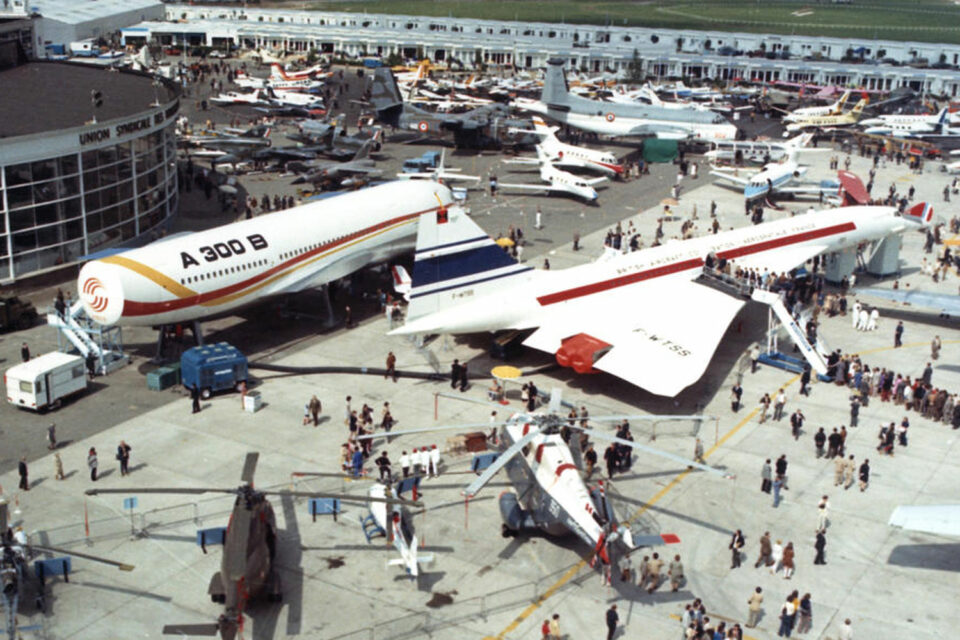
The launch of the A300 program took place at the Paris Air Show in June 1969, with a full-size mockup of the widebody’s front fuselage.
Airbus Industrie, as it was called at the beginning, was only officially created in 1970, with a 50% share for France and Germany and having as partners SNIAS (a merger between Nord and Suv Aviation, later called Aerospatiale) and Deustche Airbus (merger of MBB, VFW and HFB).
The following year, however, CASA, from Spain, joined the project, acquiring a 4.2% stake. Meanwhile, Hawker Siddeley remained an “associate” partner, responsible for producing the A300’s wings. Only in 1979 did Airbus reach its long-term formation, with the late entry of British Aerospace, which two years was created with the merger between the British Aircraft Corporation and Hawker Siddeley.
The share breakdown was as follows: France and Germany with 37.9% each, the United Kingdom with 20% and Spain with the remaining 4.2%.
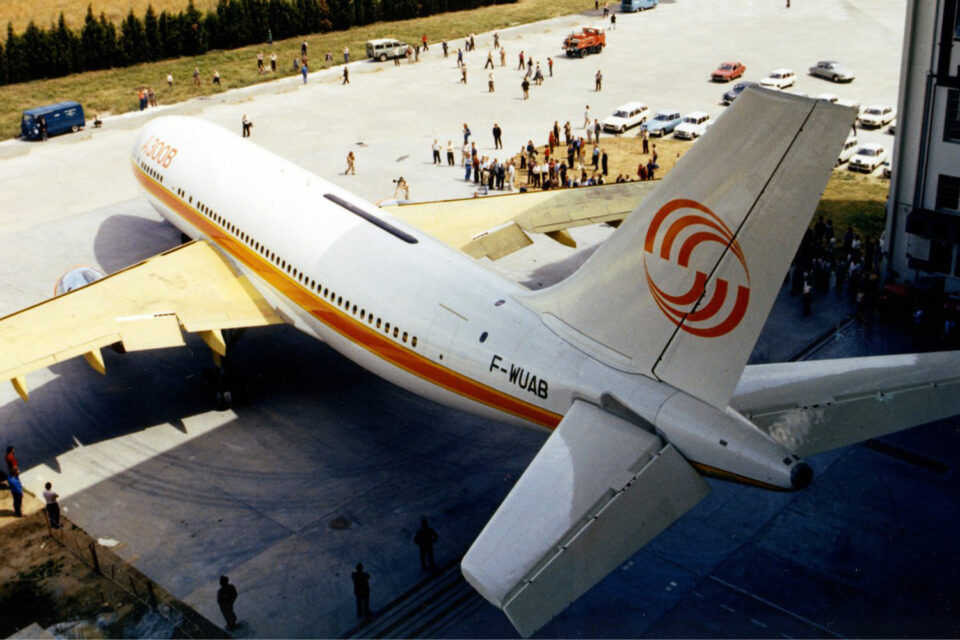
Skeptcism
In the early 1970s, Boeing already dominated commercial jet sales, although with Douglas very close. While the 707 and 727 faced off against the DC-8 and the small DC-9, the two giants began to compete for the large, long-range widebodies.
The four-engine 747 soon established itself as the flagship aircraft for transcontinental flights, with the DC-10 and TriStar (both with three engines) trying to squeeze some chunk out of Boeing sales.
It was in this scenario that the A300 emerged. While US competitors invested in large jets with high range, Airbus bet on a medium-sized aircraft with short range, the A300B1.
The perplexity with the program was enormous as it brought together four countries of different languages and cultures and a decentralized assembly process of the planes, with parts being produced in the United Kingdom, Germany and Spain and then taken by the old Guppy aircraft to be joined in the plant in Toulouse, in the south of France.
The suppliers also originated from various parts of the world, unlike the domestically produced US jets.
But the innovative solution turned out to be advantageous as each partner specialized in their area of expertise and the entire manufacturing process turned out to be fast.
The first flight, 50 years ago
The first prototype of the A300B1 began to be assembled in September 1969 and it was ready three years later. Just a month after its roll-out, the A300B1 test aircraft made its maiden flight on 28 October 1972.
The date, which has just turned 50, has a much greater significance as it marked the beginning of a revolution in air transport. Half a century later, Airbus is now the world’s largest commercial aircraft manufacturer, ending Boeing’s decades-long dominance.
Interestingly, the pioneer A300B1 only had one more aircraft produced, the second prototype. At that time, Airbus had already developed the A300B2, which was 2.6 meters longer and had capacity for up to 251 passengers, at the request of Air France.
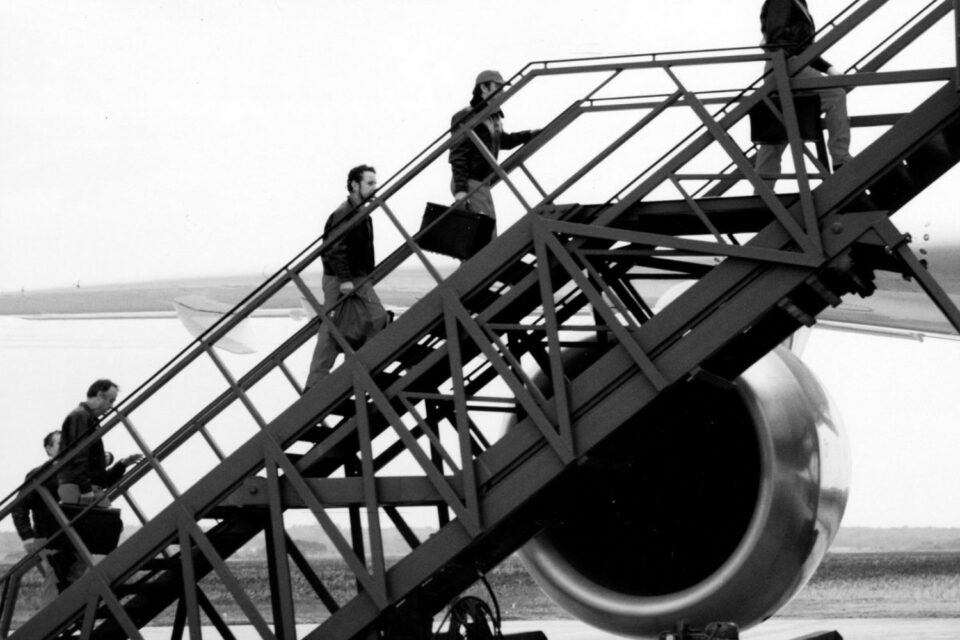
The A300 was certified in March 1974, just 18 months after its maiden flight, and entered service with Air France in May of that year, ushering in a long period of change in commercial aviation.
Since that October 28th, the skies have not been the same in the world. Commercial twin-engine jets have become the aerospace industry standard, including long-haul flights, thanks to the increasing reliability of turbofans.
The A300 was also the basis for technological advances such as the use of composite materials on a large scale, the introduction of crews with only two pilots in large jets, and more precise and efficient Fly-By-Wire controls, among other innovations.
Not bad for a project that was born under enormous skepticism.
